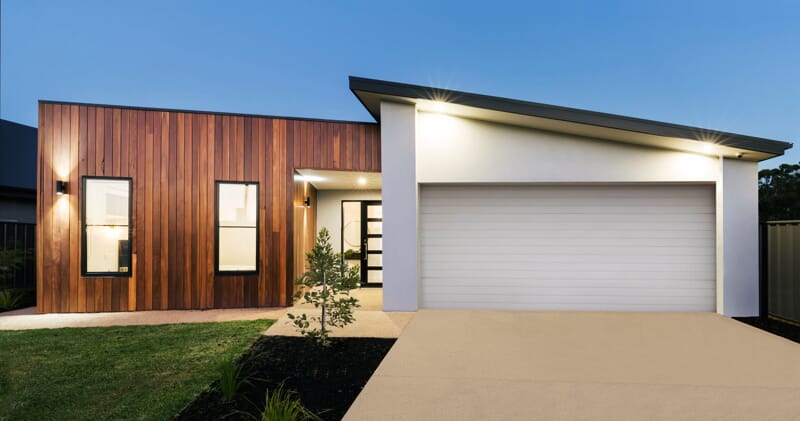The slope should be a minimum of 1 in 80 but in practice a minimum slope of 1 to 40 should be used to allow for deflection of the roof and for normal building tolerances.
My flat roof is spongy.
Pooling water since your roof is flat when it rains or snows there s nowhere for that precipitation to go.
Flat roof slope minimum according to the international building code the typical built up flat roof that uses tar or asphalt goes by the guideline that for every foot 12 inches of a flat roof a minimum of inch must step up or down.
How attic ventilation keeps your roof cool and healthy.
Most roofs have plywood sheeting underneath the roofing tiles or shingles.
This can be a result of the plywood sheeting becoming wet from rain above or from moisture not being able to escape from below and leading to mold mildew growth on the wood.
If you can tell there s a soft spot on your roof this most likely means that the substrate below the roofing material is damaged and deteriorating.
As your home settles over time the roof itself will shift a bit meaning it might not be as level as it was when it was first installed.
And that extreme heat can damage both your shingles and the wood decking below them and causing your roof to feel soft when walking on it.
Without good attic ventilation your roof gets extremely hot.
That dip in the roof with a soft spot indicates that you should have your roof repaired asap.
This is the basis for calculating the angle which is approximately a 1 19 degree slope.
Most roofs have plywood sheeting underneath the roofing tiles or shingles.
That means water can seep into damaged spots higher on the roof and run down towards lower spots.
This may cause water to pool in divots and dips in your roof.
You don t want to put new sheathing on top of spongy sheathing.
Most flat roofs aren t perfectly flat.
For clarity flat roofs actually have a slight slope to allow rain water to drain off the roof but they seem flat when compared with more traditional steeply sloped roofs.
These soft spots usually form when the layer underneath gets soaked due to gaps in the shingles.
Over the period of manufacturer s designated roof lifetime of 25 to 30 years that plywood is exposed to heat in the summers heavy rains and the winter weather and cold dampness it brings.
Before coming up with a repair plan it is essential that you understand why this roof failed.
If you have spongy roof sheathing you have to remove the roof sheathing before you install new materials above the roof sheathing.
The reason for these soft spots is that the layer underneath is probably very soaked due to gaps in the shingles cause over time and weather changes and the water is seeping through the sheeting.





























